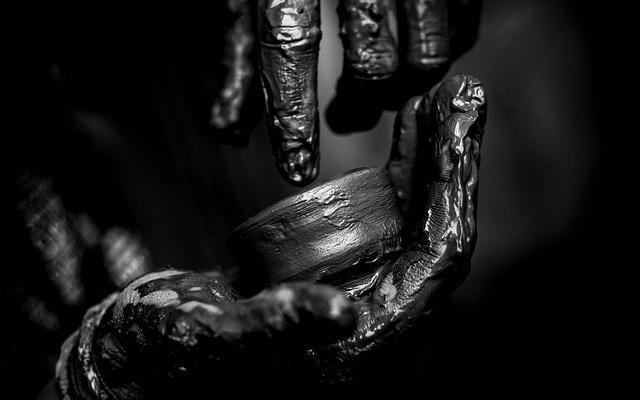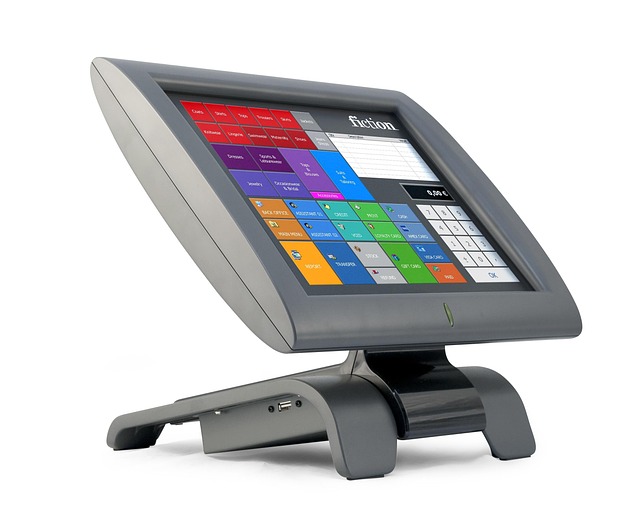Understanding Eye Movement Tracking
In an increasingly digital world, where user experience shapes every interaction, understanding how people see and engage with design is more critical than ever. Eye movement tracking is unlocking a wealth of insights that can refine interaction design, leading to more intuitive and user-friendly interfaces.
The Science Behind Eye Movement Tracking
Eye movement tracking is a fascinating blend of psychology and technology. It allows designers and researchers to observe where users focus their attention, revealing the silent conversation they have with digital interfaces. By understanding eye patterns, we can discern what captures attention and what gets overlooked.
The Emotional Connection
Have you ever visited a website or app that just felt wrong? Perhaps it was cluttered and overwhelming, prompting you to leave almost immediately. This instinctive reaction is often linked to what our eyes gravitate towards—or away from. When designing interactions, tapping into the emotional aspect of eye movement tracking can lead to more meaningful experiences. It’s about creating designs that resonate with users on a deeper level.
Practical Applications in Interaction Design
So, how can eye movement tracking be practically applied to enhance interaction design? By analyzing gaze patterns, designers can optimize layouts, prioritize content, and streamline navigation. For instance:
- Improving Usability: Tracking where users look helps identify confusing elements on a page, allowing for better organization and a clearer path for interaction.
- Enhancing Aesthetics: Understanding visual hierarchy through eye tracking can enhance the overall aesthetic appeal and engagement of a design while retaining functionality.
- Dynamic Content Placement: Eye movement data can help determine the most effective placement of advertisements or calls-to-action, ensuring they align with users’ natural viewing patterns.
Challenges and Considerations
While the benefits of eye movement tracking are evident, it’s essential to approach this technology thoughtfully. Privacy concerns are paramount, and we must ensure that user trust is never compromised. It’s crucial to be transparent about data collection and its purpose.
Additionally, cultural differences can influence eye movement. Designs that work for one demographic may not resonate well with another. Designers must consider diverse user groups to create universally appealing and accessible interfaces.
The Future of Interaction Design
As technology continues to evolve, so too will the applications of eye movement tracking. The potential for enhancing user experience is vast—perhaps even integrating eye tracking with augmented or virtual reality for fully immersive interfaces. The key is to remain adaptable and open to insights that can lead to groundbreaking designs.
In a world where every pixel matters and user attention is fleeting, eye movement tracking is an invaluable tool. By harnessing its power, interaction designers can create not just functional products, but also emotionally engaging experiences that resonate long after the initial interaction.



